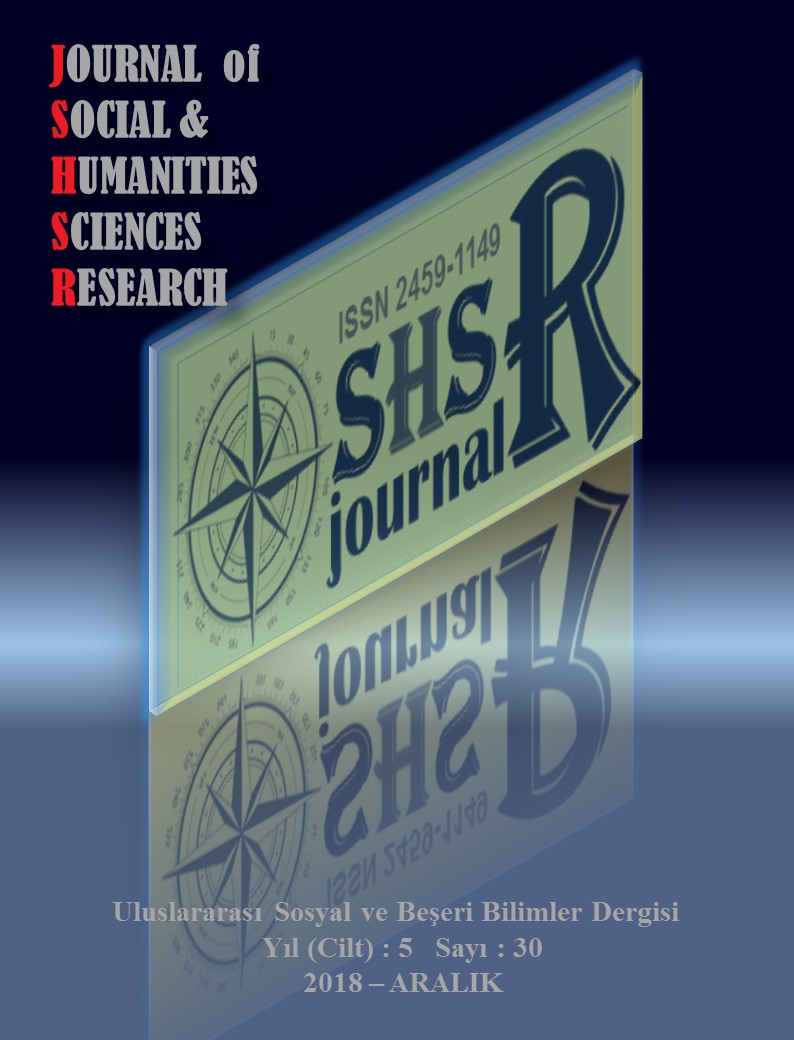MINDFULNESS ELEMENTS IN CULTURALLY RESPONSIVE STRESS REDUCTION PROGRAM AND THE PROVISIONS IN TURKISH CULTURE
DOI:
https://doi.org/10.26450/jshsr.933Keywords:
Mindfulness, Stress Program, Culture-specificAbstract
With the widespread use of mindfulness applications, programs based on mindfulness have been prepared in many parts of the world. The main purpose of these programs is to create mindfulness perspective and to develop ways of coping with the stress which is behind many diseases in our age. It can be said that there is not many programs based on mindfulness in Turkey. The aim of this study is to adapt mindfulness elements to a culture-sensitive stress reduction program. Although mindfulness has been appeared in literature by American Kabat-Zinn as an approach, and although it is more widely used in Western countries, the concept has origins mainly from eastern; Buddhist philosophy. In this respect, it is thought that as it is closer to our culture whose Asian origins, the mindfulness will lead to more effective programs with its culture-specific counterparts. In order to be the basis of the programs to be prepared, this study which is prepared theoretically is considered to be important. This study, which is thought to be the basis for the preparation of more effective programs to deal with many stressors, from the stress created by the events in our geography to the exam stress of almost every human faced, has been dealt with the culturally specific responses of the concept of mindfulness and its elements. In the literature, although nine main elements are mentioned in the recent studies, as mentioned by Kabat-Zinn, seven basic elements and culture-specific responses have been discussed in this study.
Downloads
Published
How to Cite
Issue
Section
License
Copyright (c) 2018 INTERNATIONAL JOURNAL OF SOCIAL HUMANITIES SCIENCES RESEARCH

This work is licensed under a Creative Commons Attribution 4.0 International License.


